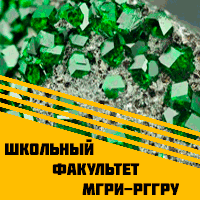Добрый день, Коллеги. Важное сообщение, просьба принять участие. Музей Ферсмана ищет помощь для реставрационных работ в помещении. Подробности по ссылке
Lothagam: The dawn of humanity in Eastern Africa / Лотагам: Колыбель человечества в Восточной Африке
An island of sediments surrounded by the sandy, windswept plains of the Turkana desert, Lothagam in northern Kenya is one of Africa’s most important Late Miocene sites. Its rich red sedimentary rocks, which range in age from 8 to a little less than 4 Ma, preserve an exceptional record of events at a time of dramatic change in the African biota. Expansion of the modern C4 savanna grassland flora in the Late Miocene coincided with the emergence of faunal elements that would dominate the later Cenozoic—elephants, hippos, giant pigs, grazing antelopes, true giraffes, and humans. Synchronous shrinkage of the equatorial forests led to the loss of many taxa characteristic of the earlier Miocene faunas—including hyrax species and primitive rhinos, giraffids, tragulids, and apes. Regrettably, only a few sites in Africa are representative of the time interval in which this ecological transition took place. Only Lothagam combines a lengthy stratigraphic sequence with diverse and evolving vertebrate assemblages and the presence of early human ancestors. Indeed, the importance of Lothagam lies in its age—a span of prehistory that chronicles a major turnover in the East African biota and documents the emergence of its modern ecosystems. <...>




